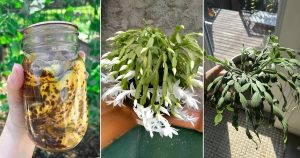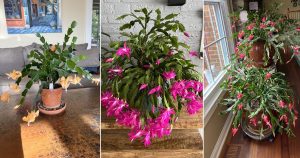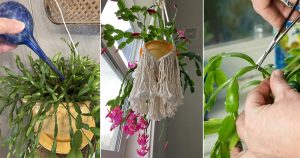Observing brownness and cracky spots on the leaves of your plant? They must be the Signs of Overwatered Lithops. Really? Find out!
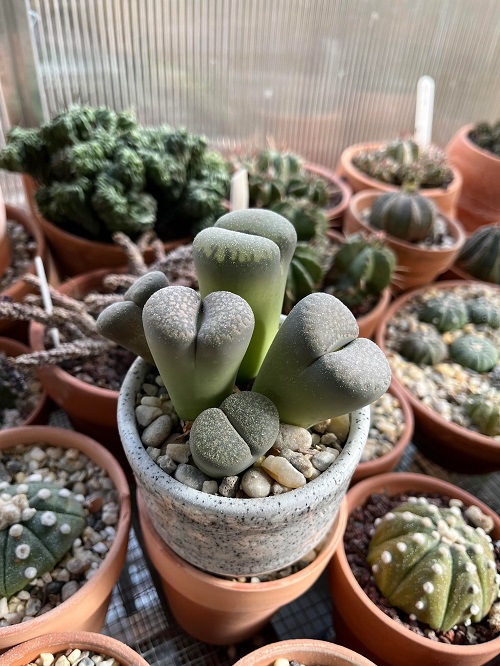
These succulents do not need additional irrigation. Why? You will get the answer soon, along with the root mechanisms behind the plant’s growth and survival. At the end of the article, you will be clear enough about the reasons behind the overwatered Lithops.
Lithops Overview
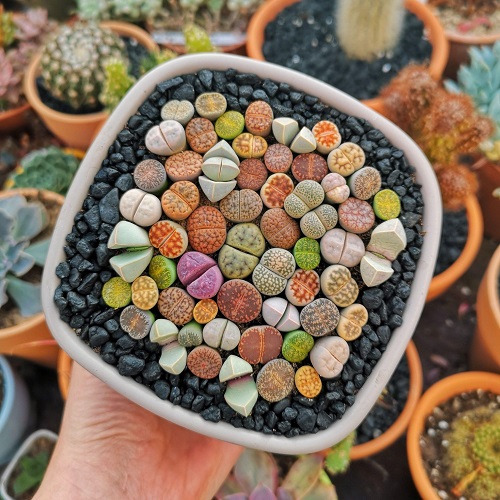
Lithops is a succulent plant with 37 species and several varieties, which are the result of hybridization. It is found generally in western and central areas of southern Africa. You can grow it in other parts of the world as well, especially in places with low water availability, like deserts or areas with minimal to no water supply.
This plant is also known as pebble plant or split rock because of its appearance, resembling lips as well. It has a fleshy, thick pair of leaves attached to the base on a short stem, which is not visible. Its leaves are green in color with a habit of storing water to survive in extremely dry conditions.
During the growing season, the plant produces a new set of foliage from the old ones due to apical meristem. With age, the plant produces daisy-like flowers in late autumn to early winter, usually between 3 and 5 years. Some show up during the spring or early summer—it depends highly on the species you have!
Note: It cannot tolerate cold or overwatered conditions and physical damage.
Lithops—Key Facts
| Common Name | Lithops plants, Living stones, Flowering stones, and more |
| Scientific Name | Lithops aucampiae, Lithops optica, Lithops pseudotruncatella, Lithops viridis, and other Lithops species |
| Nature | Perennial, Succulent |
| Sunlight | 4-5 hours of direct sunlight |
| Water | Very low or not at all. If doing then irrigate sparingly during the growing season, and avoid in dormancy phase. |
| Soil Type | A well-draining cactus or succulent mix, preferably sandy, gritty, or rocky soil |
| Humidity Level | Low; prefers dry conditions |
| Fertilizer | Rarely needed |
| Dange of Pests | Generally low; potential pests include mealybugs, spider mites, snails, slugs, aphids and root-knot nematodes |
Lithops Water Mechanism

These plants are known for their water movement between the old foliage and the new one based on the gradient of water potential. This means the new leaves have more elastic cell walls and can store more water compared to the old ones.
It has been observed that the old foliage has MPa between -0.5 and -0.28 MPa, while the new leaves begin at -1.05 MPa and increase with their growth. Similarly, the process continues with every cycle of the plant’s body’s birth and death.
Overall, lithops can survive without an external water supply because they are native to arid environments.
Signs of Overwatered Lithops and How They Look?
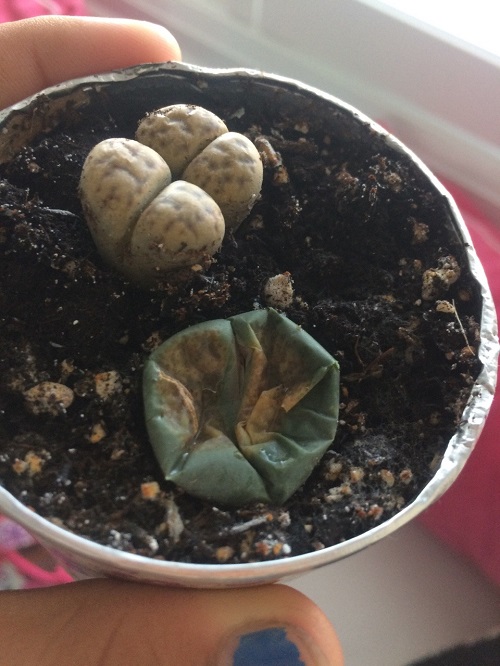
Generally, your plant will show swollen, brown, yellow, or wilted leaves. Overall, the plant will look weak with a mushy appearance. Overwatered lithops can also attract pests and fungal diseases.
Generally, the brownness of the leaves is due to edema. It is a state of the plant when the roots absorb water more than their capacity and become rotted or mushy.
In some cases, it has been observed that the lithops show cracks/tearing in leaves either from above or in the middle, and gradually, these cracks widen up. This is followed by white marks on the side of the foliage. Plus, the base, particularly the stems that are attached to the growing medium, will start eroding.
Additionally, lithops growing tall with brown leaves is an indication of overwatering and lack of sunlight, which can lead to the plant’s death.
How to Save Rotting Overwatered Lithops?
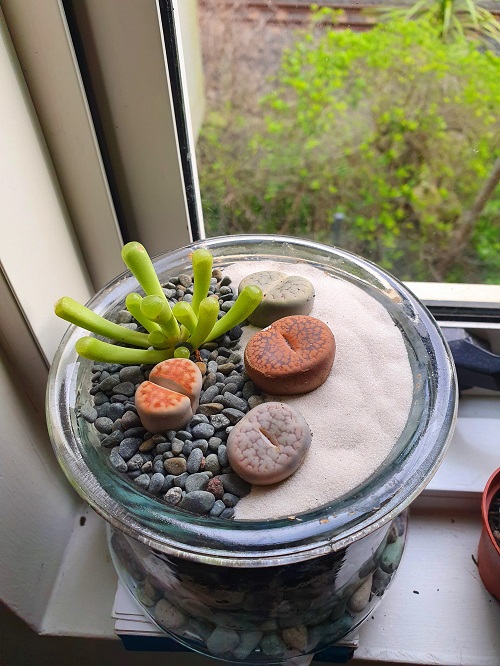
Now, that you are aware of the signs, the next step is to determine how you can save your overwatered lithops. You can save your plant only in cases of mild overwatering. How? Simply by stopping the water supply.
Furthermore, to keep your lithops healthy follow these points:
- Water only when the leaves are completely dry and look shriveled or drooped down.
- Use well-draining soil with a good drainage pot.
- Provide sufficient sunlight—they love a lot of sun.
- Monitor regularly and take care of the plant well,
Note: Do not give them an additional feed; Miracle Grow is a big no for them. If you really want to feed them, a dilute one with low nitrogen and high phosphorus content before the blooming season to encourage flowers will be okay. Not any other way!
Conclusion
Taking care of Lithops requires careful attention to their watering needs. Avoid overwatering, and provide proper sunlight and well-draining soil to keep your Lithops healthy and thriving. Have you had any experiences with overwatered Lithops? Share your stories and tips in the comments below. We’d love to hear from you!


